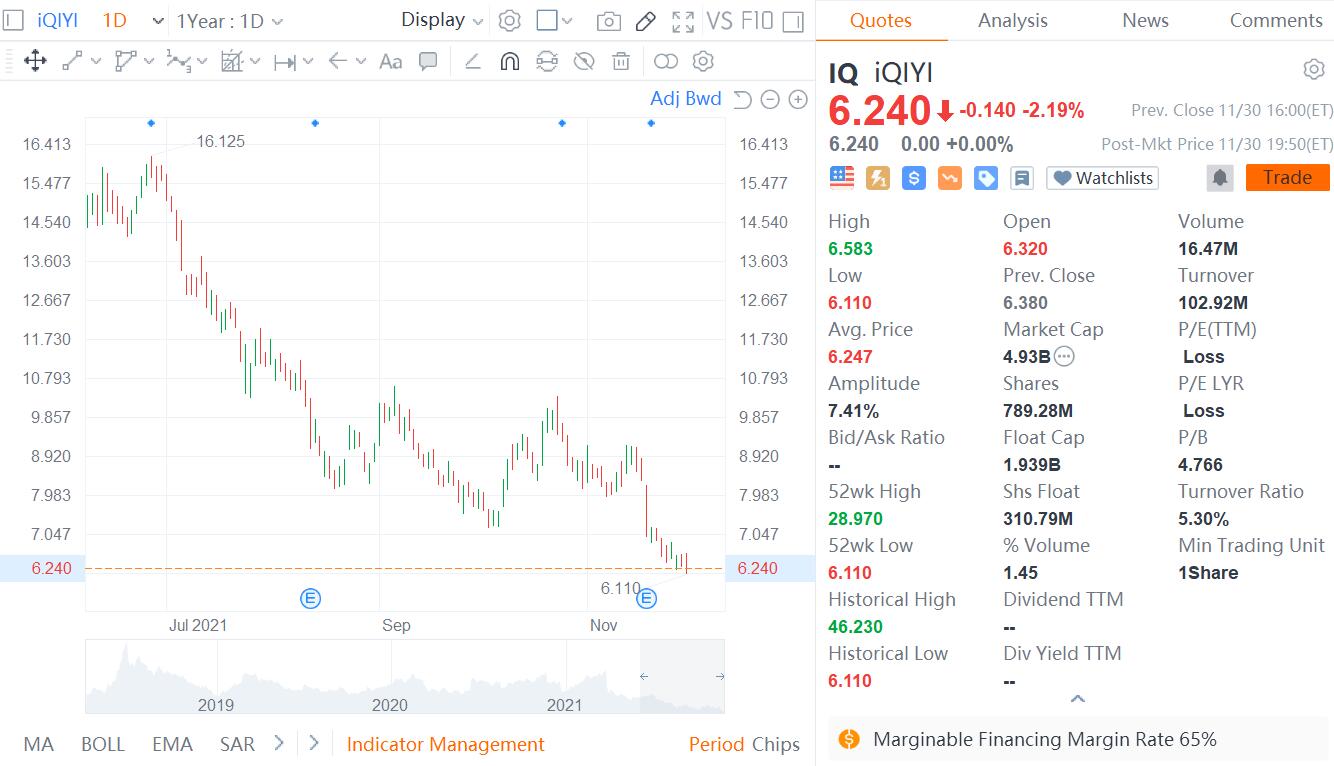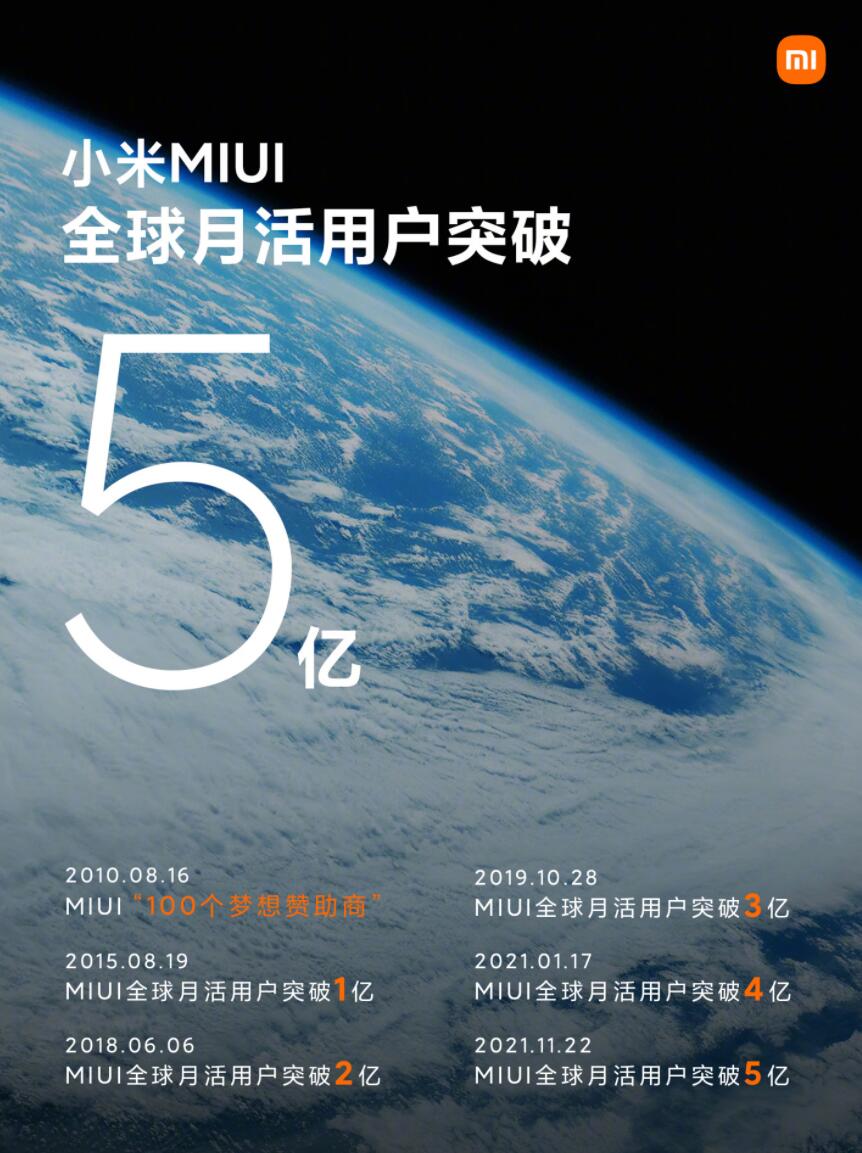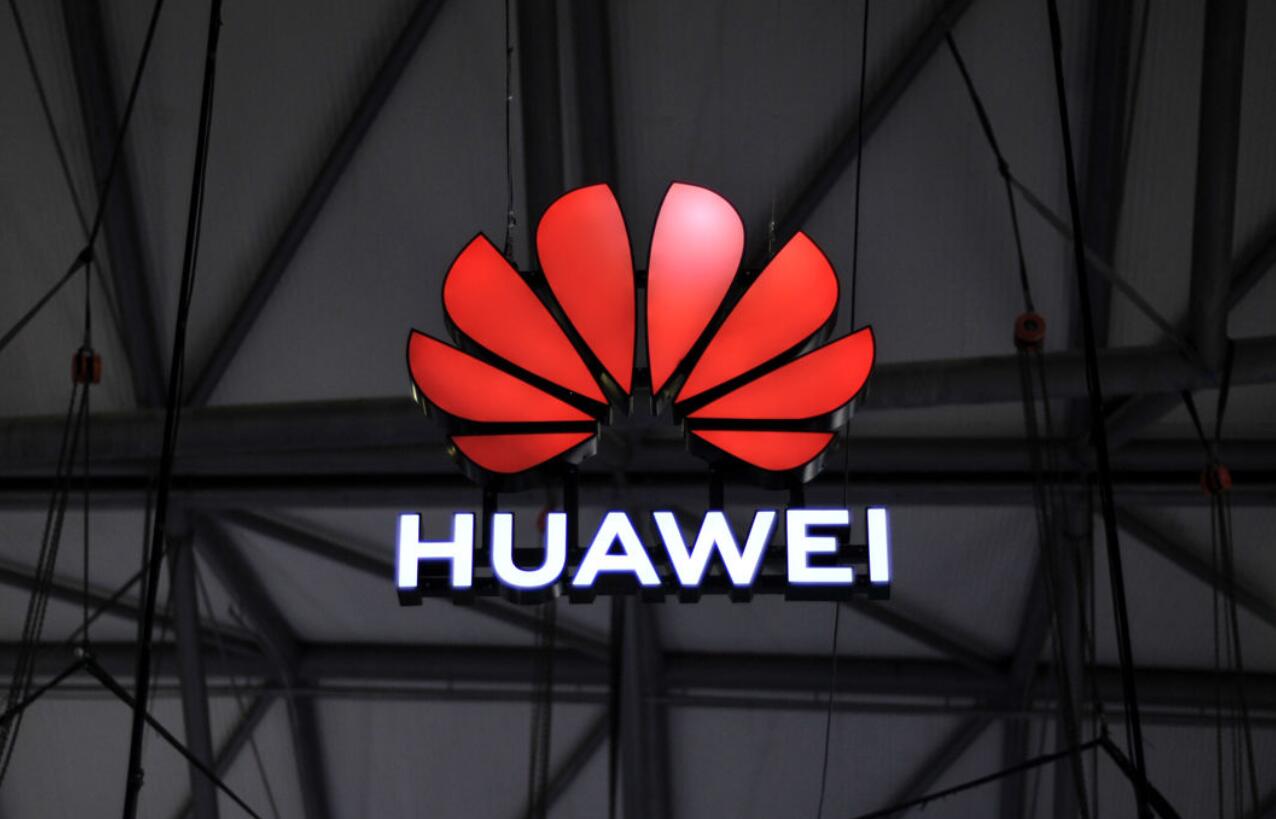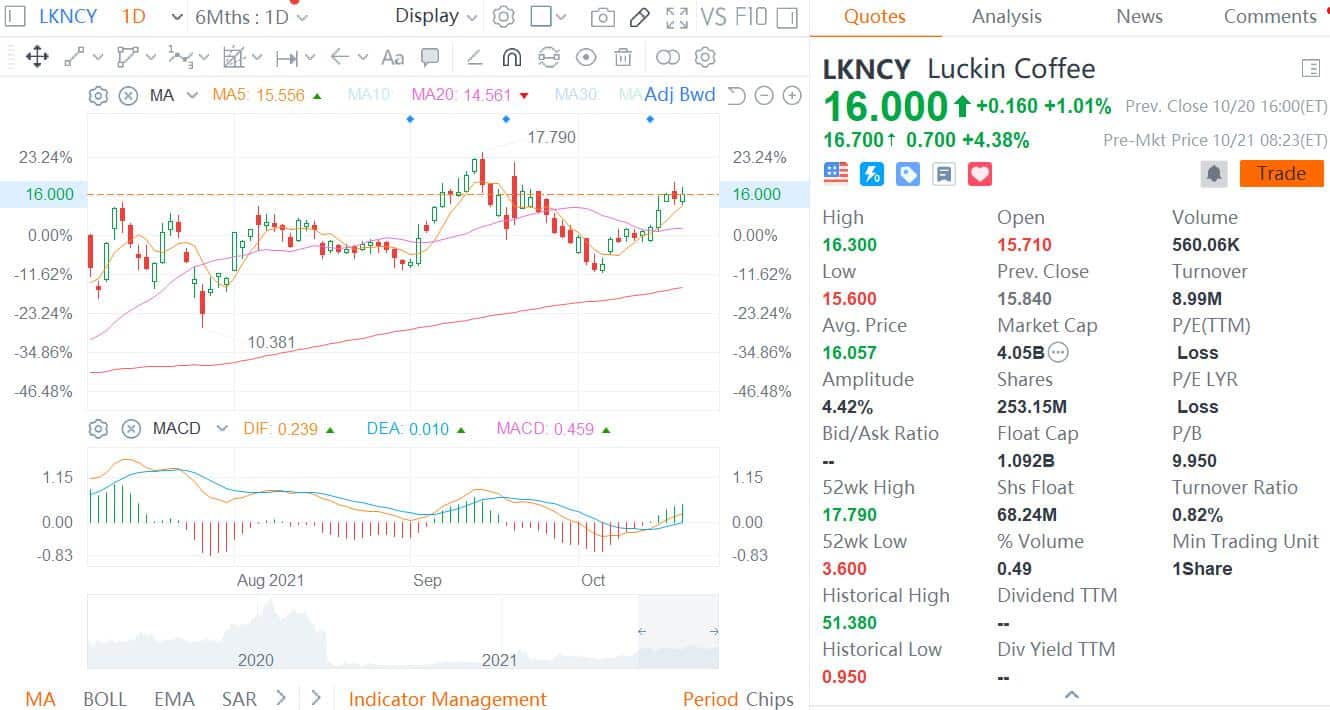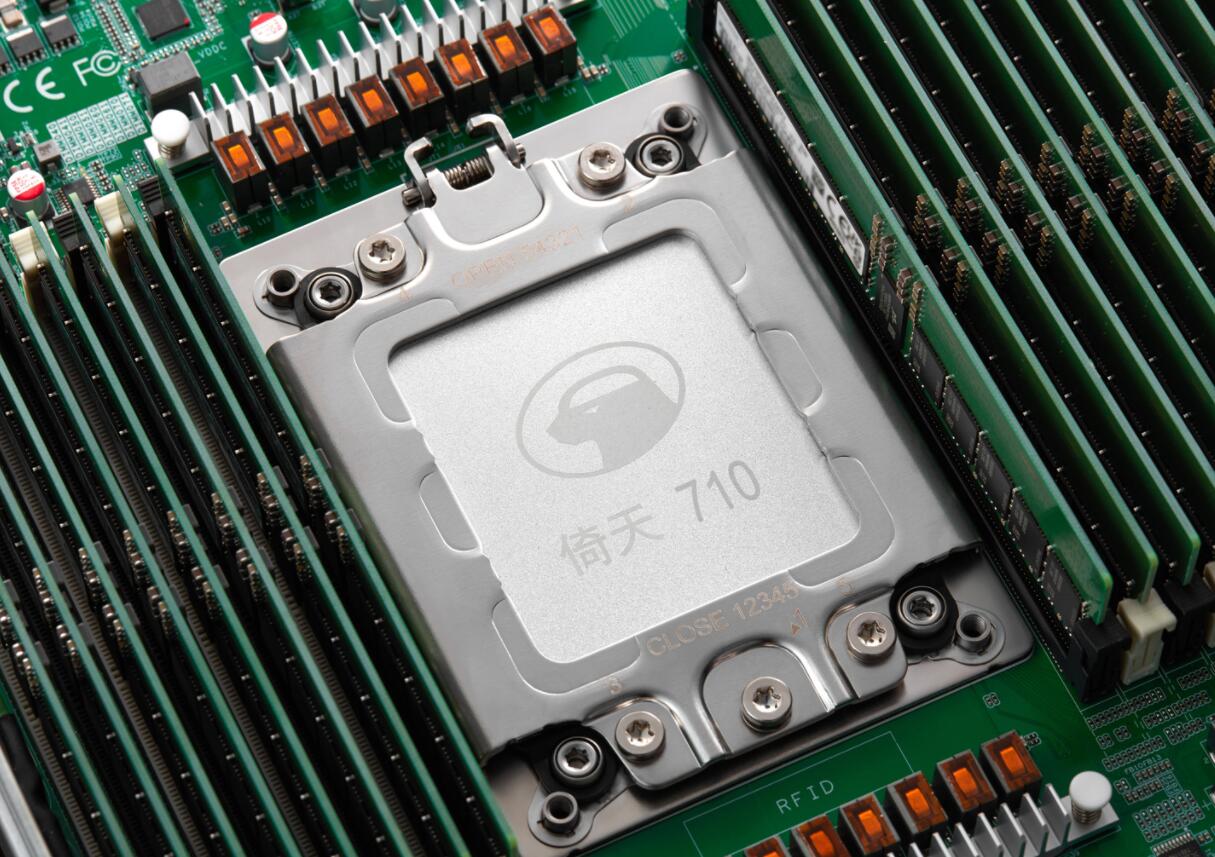The University of Science and Technology of China has achieved efficient quantum orientation based on quantum entanglement measurement technology experiments for the first time, marking important progress in quantum orientation research, Anhui Daily reported on Sunday.
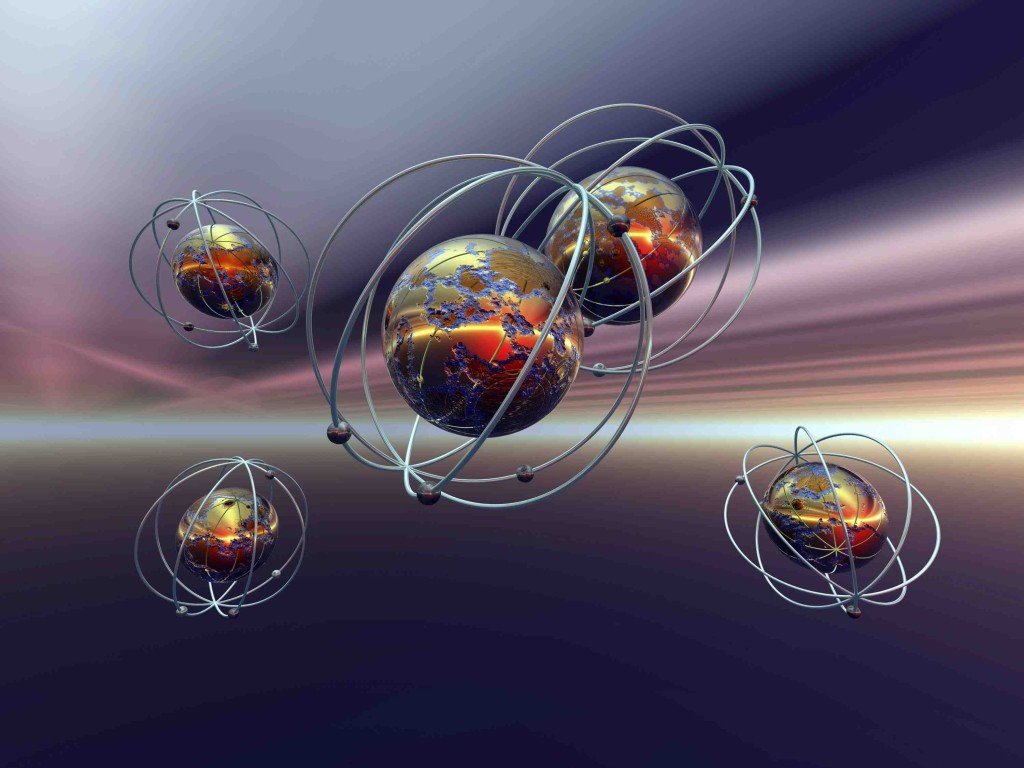
A research group composed of Guo Guangcan, Li Chuanfeng, Xiang Guoyong, etc. of the University of Science and Technology of China, in collaboration with Fudan University Zhu Huangjun and Beijing Institute of Technology Shang Jiangwei, completed this breakthrough.
The research results were published online in the internationally renowned journal Physical Review Letters on February 13.
The quantum directional task refers to the use of quantum resources by the sender Alice to send an arbitrary direction in space to the receiver Bob. It has important applications in the fields of positioning and navigation.
Quantum entanglement can exist in both quantum states and quantum measurements.
Quantum entangled states are widely known and can be used in processes such as quantum communication and quantum computing. Experimental research on quantum entanglement measurement has just begun.
Xiang Guoyong and others have developed quantum entanglement measurement technology based on photon quantum walking in recent years. This technology has the advantages of high fidelity and no need for post selection, the report said.
They used this technology to improve the precision of quantum state measurement and reduce the reaction force of quantum measurement in quantum thermodynamics. Recently they applied the technology to research on quantum orientation.
The experimental results of Xiang Guoyong and others confirmed that in the quantum orientation task, quantum entanglement measurement has higher information extraction efficiency than local measurement, and the average fidelity of anti-parallel coding is 3.9% compared to the average fidelity of parallel coding. Promotion.
This reveals a non-classical phenomenon caused by entanglement in quantum measurement, and also provides a set of methods for implementing deterministic entanglement measurement in optical subsystems.
This research is beneficial to the development of quantum entanglement and quantum measurement research and has potential applications in quantum information processing.
Tang Junfeng, Ph.D. candidate in the Key Laboratory of Quantum Information of the Chinese Academy of Sciences, and Hou Zhibo, associate researcher, are co-first authors of the paper. The research was supported by the Ministry of Science and Technology, the National Natural Science Foundation of China, the Chinese Academy of Sciences and the Ministry of Education.


